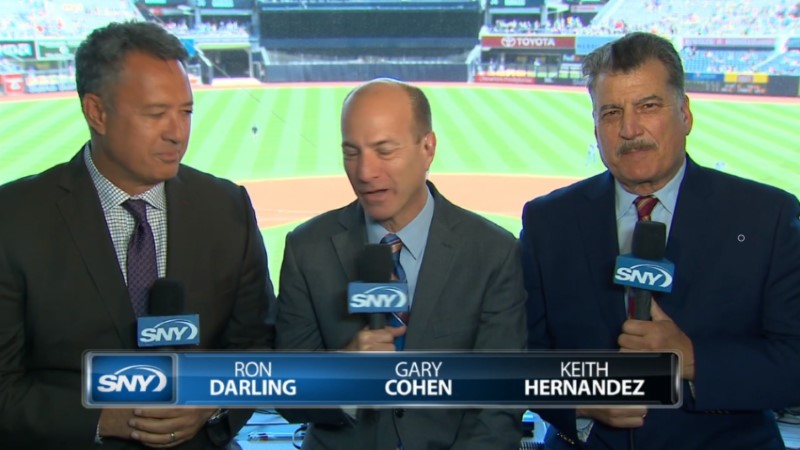When the Game Cannot Go On
It’s becoming clear that leaving your jacket behind was a mistake.
The sun has been giving this mid-March day a Fourth of July tint all afternoon, and you’ve been waiting all winter to brave the outdoors free from layers. That sun was still out when you got to the ballpark just before 5 pm, and the air felt mild, so you left your jacket in the car. You should have known better. The high school baseball game you’re watching probably wasn’t going to end until 7:30, when the sun was nearly gone — along with whatever lies it promised you about warmth.
Now, that 7:30 final out is beginning to feel wildly optimistic. One of the starting pitchers had trouble throwing strikes in the first inning, needing 33 pitches to get through it, according to your count. The second inning is shaping up to be even worse. The same pitcher hit the first batter, and has walked three more to force home a run.
Really, it isn’t his fault. He isn’t going to pitch in the majors, or even in college. He isn’t a baseball player at all, really. He’s just playing the part, like so many other kids you’ve seen, happy for any chance to be outside with his friends.
And it isn’t going well. One of the few strikes he’s thrown this inning got laced to left field for a base hit, scoring two more runs. Now the coach is going to the mound, but his options are limited. He doesn’t have many pitchers on this year’s small roster, and tomorrow his team has a doubleheader scheduled. He really needed tonight’s starter to go deep into the game. But he’s already thrown 55 pitches, and made only three outs. The coach attempts to level with the 16-year-old standing in front of him, pats him on the shoulder, and returns to the dugout. Read the rest of this entry »

